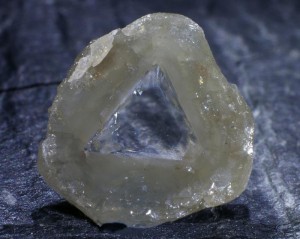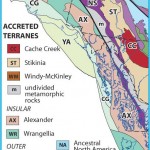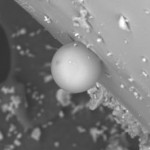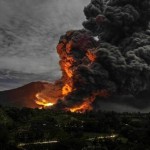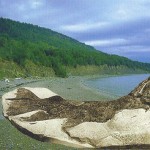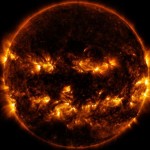Subducting oceanic plates that dive hundreds of kilometers beneath Earth’s surface carry with them cargoes of sediment and seawater. As the plate heats up the deeper it sinks, this seawater not only initiates melting in the rock above it, but can also trigger diamond formation, suggest the authors of a new study in Nature.
Before climbing to Earth’s surface by way of explosive volcanic eruptions known as kimberlites, certain types of diamonds, called fibrous diamonds, precipitate out of dense, water-rich fluids at depths exceeding 200 kilometers in the thick, rocky lithosphere that underlies the oldest parts of continents. These fluids are commonly encased in tiny bubbles, or inclusions, in these fibrous diamonds, which are composed of individual linear crystals that grow together rapidly. On their trip to the surface, the sturdy diamonds resist alteration from extreme changes in pressure and temperature, and shield their inclusions.
Thus, the diamonds “provide pristine snapshots of the deep earth that we can’t get any other way,” says Graham Pearson, a geochemist at the University of Alberta and a co-author of the new study. Although scientists have learned about these fluids’ compositions by analyzing the inclusions, identifying where the fluids originate has been more difficult.
Read the rest of my article at EARTH magazine →

